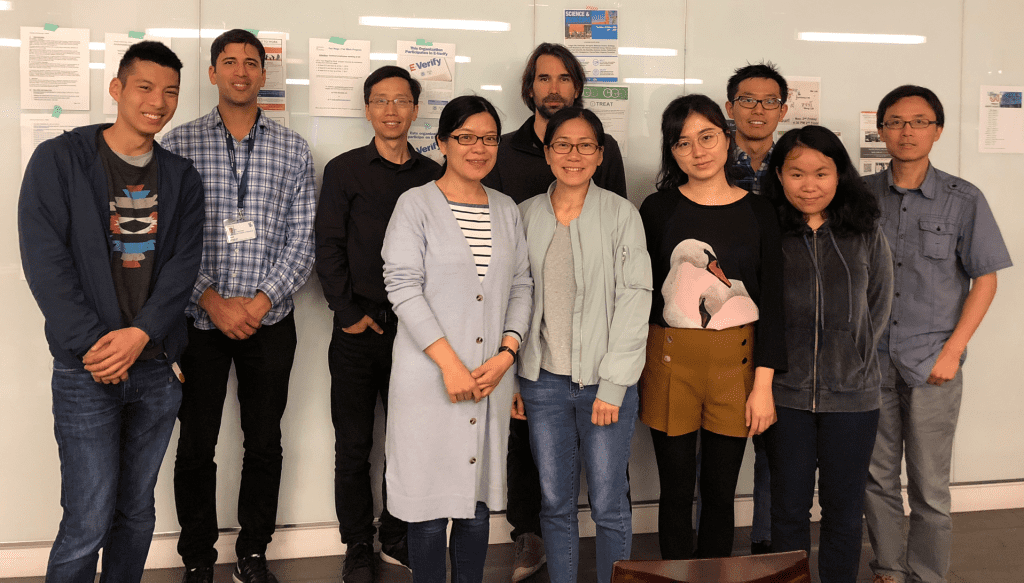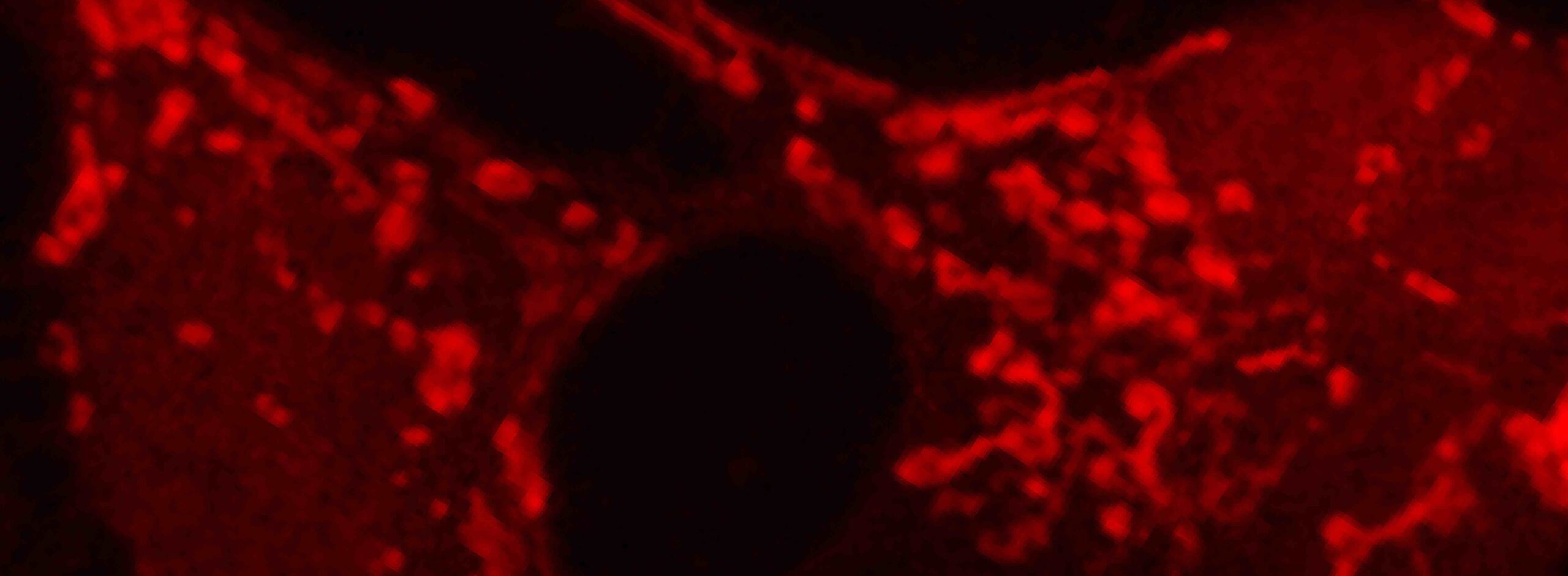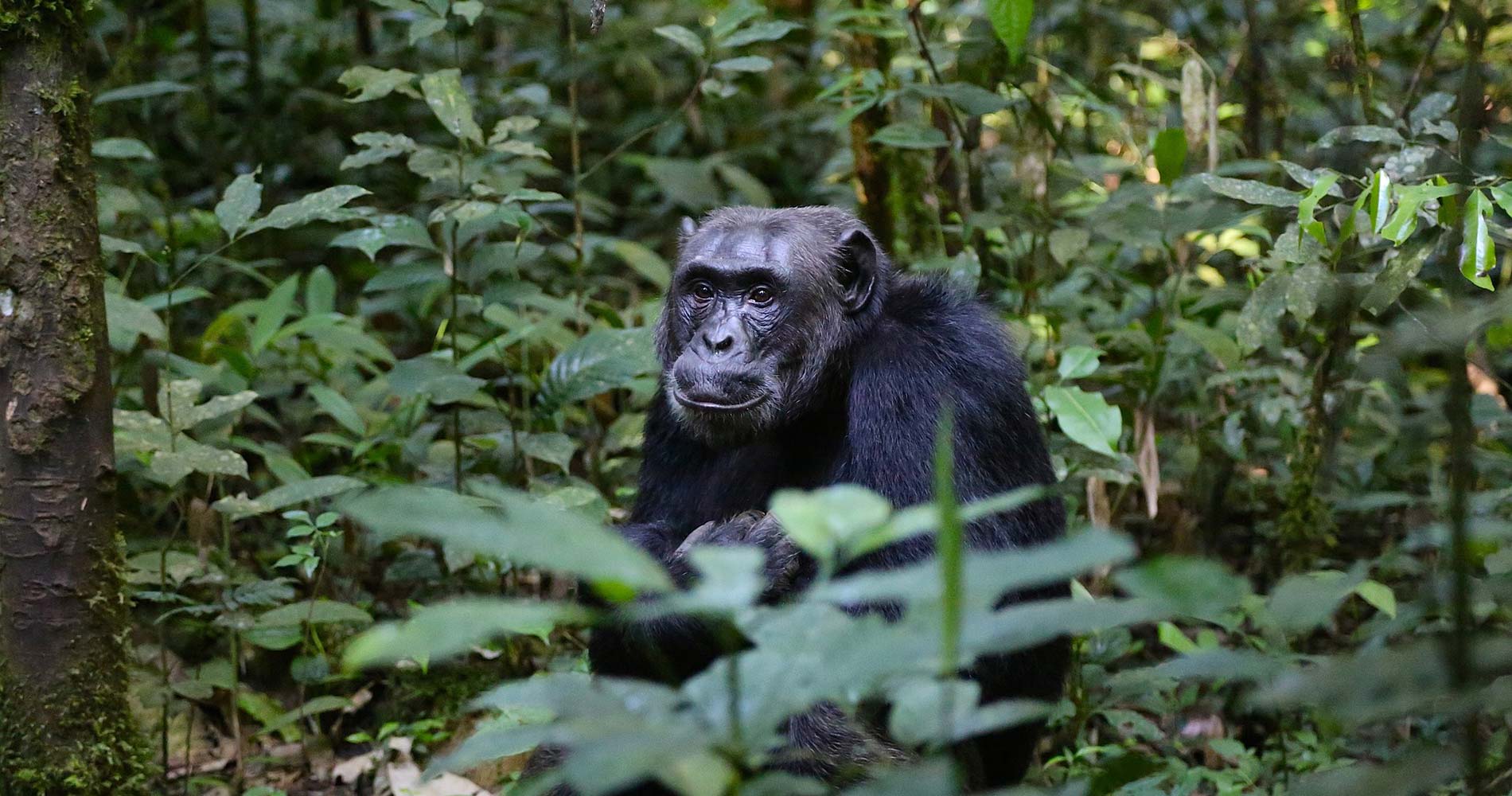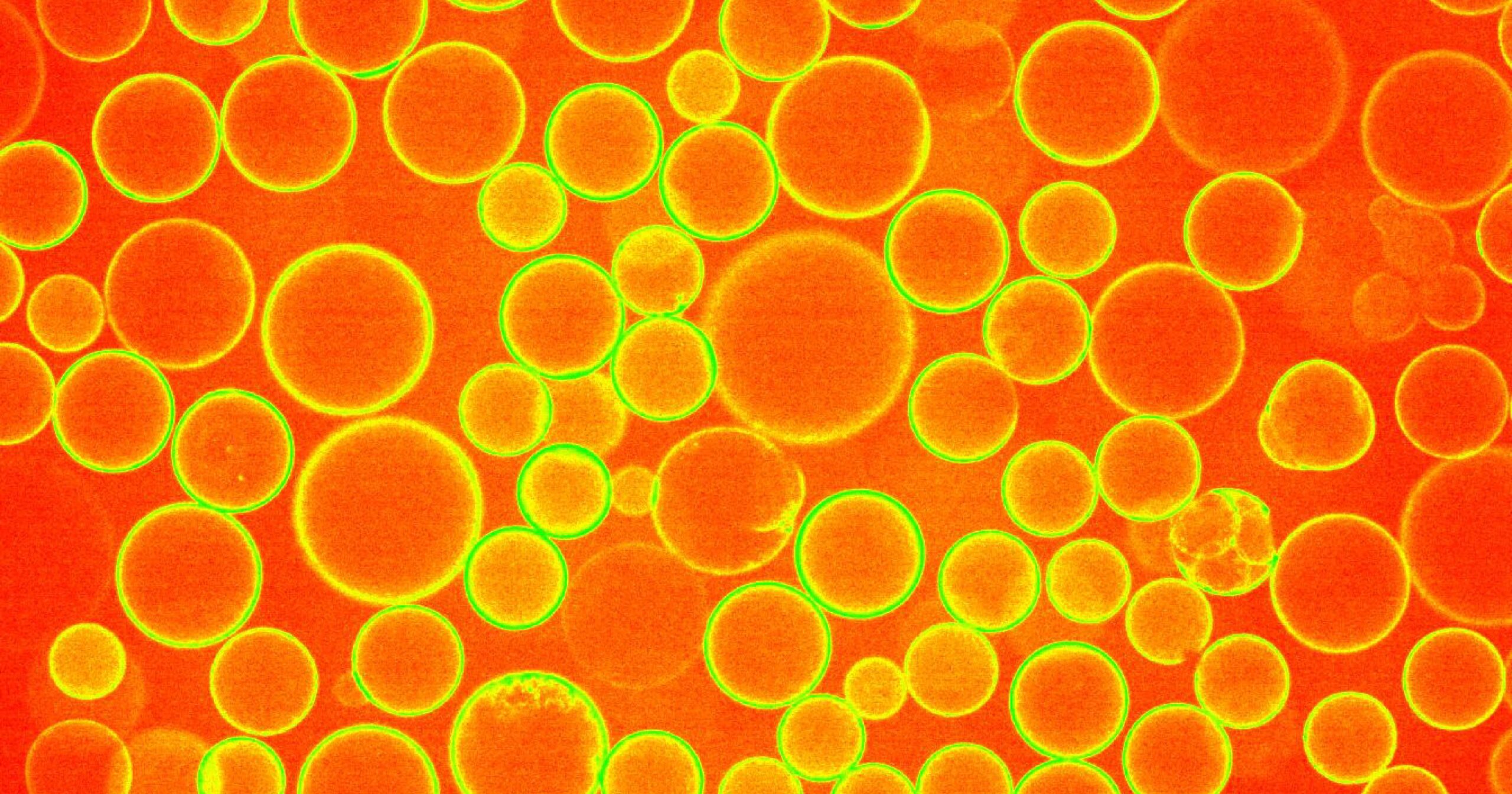
IGI Scientist Uncovers a Secret to Surviving Extreme Hibernation
IGI researcher Dengke Ma finds a unique protein that allows hibernators to survive extreme stress, with implications for treating human diseases.

Hibernation is a remarkable feat. Animals dramatically lower their body temperature, metabolism, and blood flow, allowing them to survive harsh winter conditions. Arctic ground squirrels take this to the extreme. Native to Alaska, Siberia, and Northern Canada, the body temperature of Arctic ground squirrels drops below freezing while they hibernate, reducing blood flow to the brain by more than 90 percent.
Loss of blood flow means loss of oxygen, which would cause serious tissue damage in humans and other non-hibernating mammals. The sudden return of blood flow to a deoxygenated area can also cause injury — or death. Somehow, the Arctic ground squirrel is able to survive both the loss and sudden return of blood oxygen.
“My lab is interested in understanding the basic mechanisms underlying the actions of genes and pathways that protect cells in conditions like stroke and heart attack, where cells with high energy needs, like neurons and heart cells, are often damaged or die because they are cut off from oxygen,” says IGI member Dengke Ma, an Assistant Professor in the Department of Physiology and the Cardiovascular Research Institute at the University of California, San Francisco, whose paper was published today in the journal eLife.
Ma and his research team have been investigating the unique biology of Arctic ground squirrels with funding from the IGI’s Shurl & Kay Curci Foundation Faculty Scholars Program, a program that supports early-career faculty with bold ideas that use CRISPR to advance human health.
“Understanding how Arctic ground squirrels withstand oxygen loss could help us create better treatments for heart attack and stroke,” says Ma.
We humans may pride ourselves on our smarts, but the brains of Arctic ground squirrels have some key advantages.
“Human brain cells are sensitive and can only go without oxygen for a couple minutes,” explains first author Neel Singhal. “Arctic ground squirrels can have oxygen to the brain cut off for six minutes and the cells are just fine.”
What makes a super cell?

To figure out which genes give the squirrels their remarkable resilience, Ma and his team made a library of genes from Arctic ground squirrels and inserted each one into mouse NPCs. Then, they subjected the mouse NPCs to intense stress — only the mouse NPCs that got the protective genes would be able to survive the stress.
Secrets of the mitochondria
Of the genes they identified, they focused on one particular mitochondrial gene, ATP5G1. Mitochondria, “the powerhouse of the cell,” are the part of the cell that uses oxygen to make energy. The protein ATP5G1 is a crucial part of energy production in mitochondria. Ma’s team added the Arctic ground squirrel version of ATP5G1 to mouse NPCs and the mouse NPCs became more stress resistant. Comparing the Arctic ground squirrel version of the gene to versions in non-hibernating ground squirrels, mice, rabbits, and other small mammals, they found that despite being very similar, a few specific parts of the gene are different in Arctic ground squirrels.
In a converse experiment, Ma used DNA base editing — a new variant of CRISPR-Cas gene editing — to change the unique parts of the gene in the Arctic ground squirrel cells. When they edited ATP5G1 to more closely resemble the version other rodents have, the cells lost stress resistance. Together, these tests confirm that this unique version of a mitochondrial protein is critical to the Arctic ground squirrel’s remarkable hibernation abilities.

Next steps
Ma is now working on putting the Arctic ground squirrel gene variant into mouse models of stroke and heart attack to see if they protect the animals from damage. If this is successful, he hopes to create a gene-editing therapy that could be given to patients after heart attack or stroke, so they are protected against recurrent attacks.
“This discovery will lay the groundwork to develop potential CRISPR genome-editing-based therapeutic strategies to treat human ischemic disorders like stroke and heart attack,” explains Ma. “Basic research is actually fundamental to finding novel therapies for human health problems.”
Media Contact
Andy Murdock: andymurdock@berkeley.edu
 By
Hope Henderson
By
Hope Henderson



